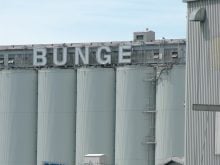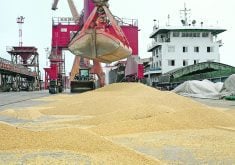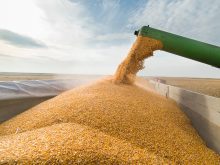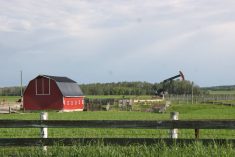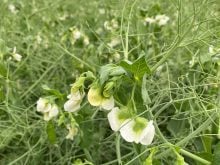If rain doesn’t come soon, herd rebuilding will be delayed for a year as pastures dry up and feedlots face escalating costs
Dry conditions are hampering expansion of Canada’s cattle herd, says the head of a market research firm.
“I’m not sure we’re looking at contraction but it’s just going to slow expansion,” said Brian Perillat, manager of Canfax.
The industry was poised to increase the herd size but with crunchy, dry pastures, heifers that were going to be bred are being pushed back into the feeder system.
“That’s one of the biggest disappointments out of all of this is that it likely will hamper expansion efforts of the cattle herd,” he said.
Read Also
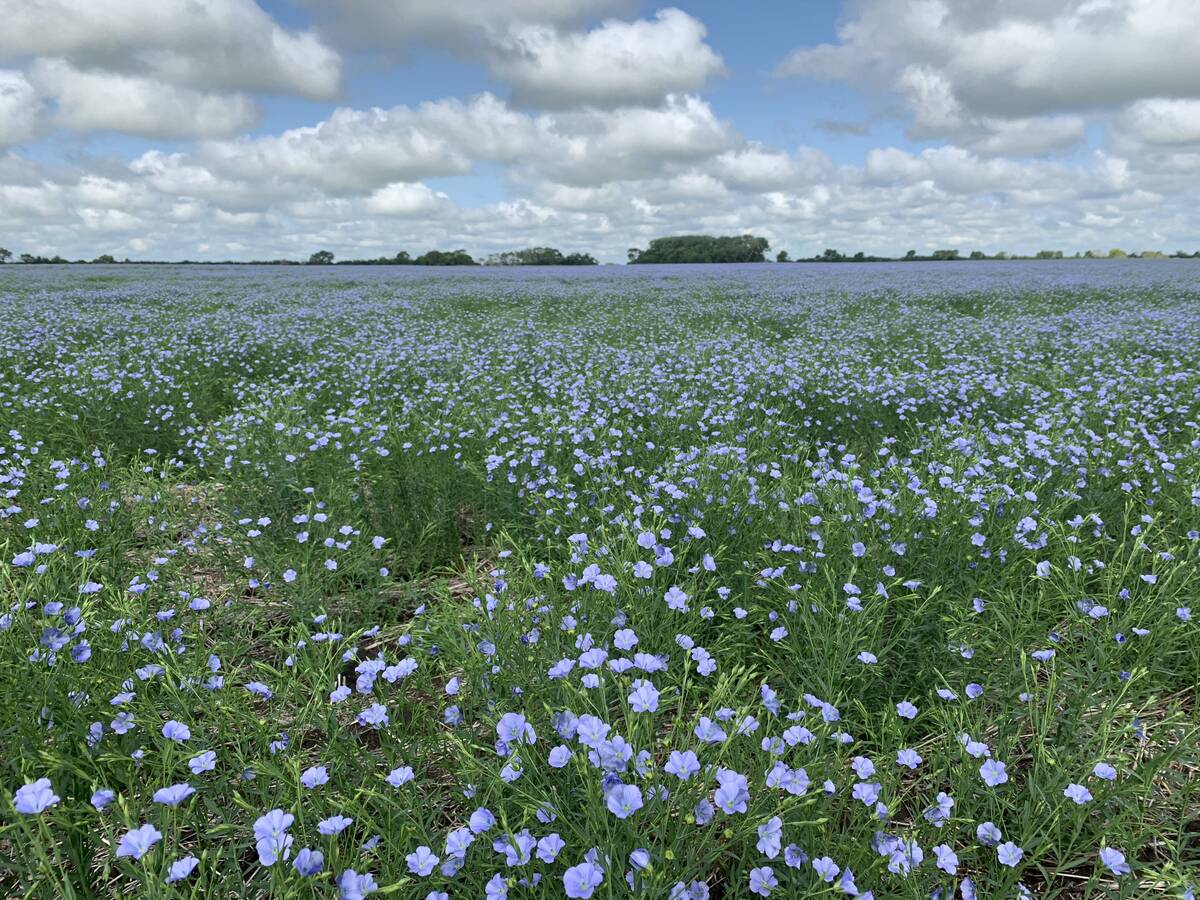
Flax sector sees omega-3 opportunity
SASKATOON — A global shortage of omega-3 oils could be an opportunity for the flax sector, says an industry official….
Feed barley is already in tight supply in Western Canada and now dry conditions are removing bushels from the 2015 crop.
It doesn’t help that growers in the U.S. planted another massive corn crop, setting up a scenario where American feeders will have a competitive edge with lower feed costs.
“If they have extremely cheap corn we’re going to see a huge number of feeders go south and that hits our feedlots and our packing sector,” said Perillat.
He doesn’t think it is time to panic but if conditions don’t improve in another two to four weeks the industry could see a lot of heifers heading to the feedlots.
The good news is that cattle prices are still strong.
“They’re still selling them at very good prices, so it hasn’t impacted markets yet,” said Perillat.
Jeff Warrack, a director of the Alberta Cattle Feeders’ Association, agreed with Perillat’s assessment of the situation.
He believes the cattle sector will not experience the growth that was anticipated after several years of contraction.
“Certainly we thought that maybe the bottom was in, now we’re not quite so sure,” said Warrack.
The drought is having a big impact on grass-fed cattle operations.
“I anticipate cattle moving off pasture earlier this summer than normal. It’s just a question of how much earlier,” he said.
“It’s no good for anybody.”
Feedlots are already facing escalating feed costs.
“The market is starting to take notice of the dry conditions. Barley is up $10 to $15 a tonne in the last week in southern Alberta,” said Warrack.
Quality hay is selling for $200 per tonne, which he said is approaching double the usual price.
“There won’t be much of an early cut and you never really recover from it until the next year,” said Warrack.
Contact sean.pratt@producer.com





